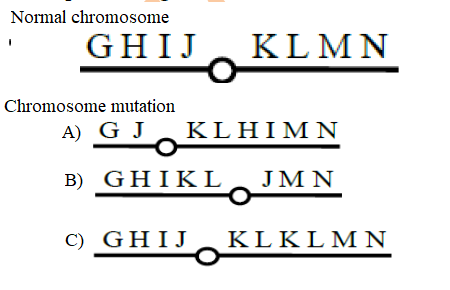#Question id: 12255
#Unit 10. Ecological Principles
The following three panels show the change in population size over time for two species when they are found alone and when they are found together. Which kind of interaction best describes the relationship between the two species?
#Question id: 12254
#Unit 10. Ecological Principles
#Question id: 12253
#Unit 10. Ecological Principles
#Question id: 12252
#Unit 10. Ecological Principles
In a study of interactions between plants, ants and caterpillars, the following experimental treatments were imposed: i) Control (both ants and caterpillars are present); ii) Ant removal; iii) Caterpillar removal; iv) Ant and caterpillar removal. Plus (+) indicates presence and minus (-) indicates absence on plants. The results for plant performance (growth) from this experiment are shown in the figure below. Plant performance in all treatments were significantly different from each other. Based on these results, which of the following inferences is correct?
#Question id: 12251
#Unit 10. Ecological Principles
#Question id: 12250
#Unit 10. Ecological Principles

